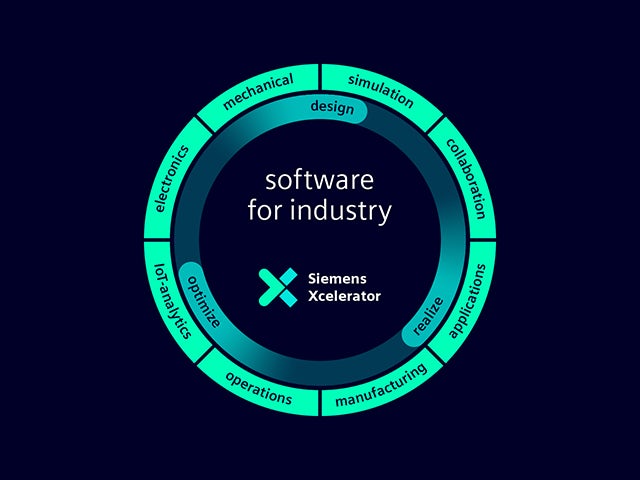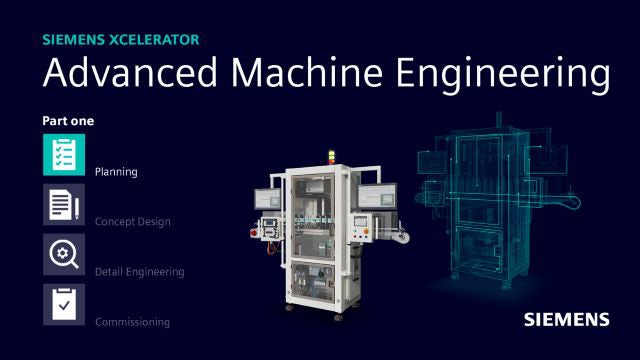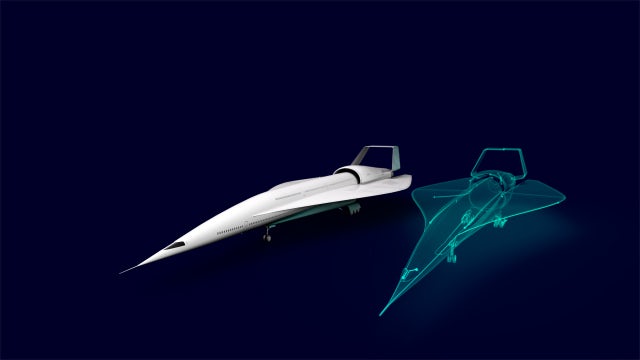こちらのページは日本語に自動翻訳したものです。
元の英語を表示しますか?
この翻訳は役に立ちましたか?
日常を変える
業界を共に変革し、アイデアをイノベーションに変える。
AIが工場保全をどう変えるか
当社のデジタルツインは 、 データに基づくスマートな意思決定を可能にする、信頼できる唯一の情報源です。現実世界とデジタル世界を組み合わせた真のデジタル・エンタープライズを構築しているのはシーメンスしかありません。
アディティブ・マニュファクチャリング
シーメンスは、あらゆる規模の企業に実用的なアディティブ・マニュファクチャリング技術を提供します。エンドツーエンドのアディティブ・マニュファクチャリング・プロセスを通じて、コスト効果に優れた汎用品を容易に製造します。
人工知能
シーメンスの革新的なAIソリューションは、ビッグデータを活用することで、スマートな意思決定、効率化、品質の向上、市場投入期間の短縮を実現するとともに、新たなビジネスへの扉を拓きます。
モデルベースのシステム設計
シーメンスの統合モデルベース・システム・デザイン(MBSE)手法は、今日のスマート・システムの構築に必要なすべての領域を統合し、製品イノベーションやビジネスの成功を加速させることに重点を置いています。
デジタル・エンタープライズになるためにはどうすべきか
Surf Lochは、最新デジタル技術を駆使してサーフィン業界に破壊的変化をもたらしています。少数精鋭のエンジニアで構成された同社の設計チームは、Siemens Xceleratorポートフォリオのソフトウェアとサービスを使用して、サーファーがいつでも完璧な波に乗れるサーフボードを開発しました。
感動的なデジタル・トランスフォーメーションの取り組みをぜひご覧ください。
Siemens Xcelerator
日常を変える
Siemens Xceleratorポートフォリオと Siemens Xcelerator as a Serviceの詳細については、シーメンスのブログをご覧ください。






